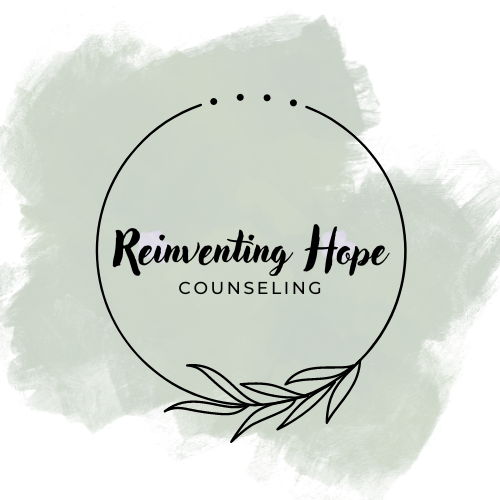What is Dissociation and How is it Related to Trauma?
What is Dissociation and How is it Related to Trauma?
Many times clients come in with dissociation as a default, defensive strategy and have no idea that they are using it.
What is Dissociation?
Dissociation is a mental process that involves disconnecting from one's surroundings, thoughts, feelings, or memories. It is often described as feeling detached or disconnected from reality, like watching oneself from the outside or experiencing a dream-like state. Dissociation can be a normal response to stress, trauma, or overwhelming emotions, but it can also be a symptom of mental health conditions such as post-traumatic stress disorder (PTSD), dissociative identity disorder (DID), and borderline personality disorder (BPD).
How is dissociation related to trauma?
The enduring impacts of childhood trauma can lead to dissociation in adulthood. Dissociation is often related to trauma, particularly in cases of severe or repeated trauma. Traumatic experiences can overwhelm the brain's ability to process and integrate information, leading to dissociation as a way of coping with the overwhelming emotions and sensations.
When a person experiences trauma, their brain may activate the "fight, flight, or freeze" response, which is an automatic survival response that prepares the body to respond to danger. In some cases, however, the trauma is so overwhelming that the person's brain may "freeze" and dissociate as a way of protecting them from the full impact of the traumatic experience.
Dissociation can also occur as a result of ongoing, repeated trauma, such as childhood abuse or neglect. In these cases, dissociation may become a habitual coping mechanism that persists into adulthood. If we weren’t able to “physically” escape chaotic environments our bodies would protect us by “mentally” escaping which can help us survive childhood but can create issues in adulthood.
It's important to note that not everyone who experiences trauma will develop dissociation, and not everyone who experiences dissociation has a history of trauma. However, dissociation is a common response to trauma and can be an important indicator that a person may benefit from trauma-focused therapy.
Five tips that may help to stop dissociation:
Grounding techniques: Grounding techniques are a useful way to bring yourself back to the present moment and connect with your surroundings. You can do this by focusing on your senses and noticing what you see, hear, feel, smell, and taste in the present moment. Examples of grounding techniques include deep breathing, progressive muscle relaxation, and sensory activities such as holding a cold object or touching something with a different texture.
Self-care: Engage in activities that make you feel calm, relaxed, and present in the moment. This might include taking a warm bath, practicing yoga or meditation, going for a walk in nature, or listening to soothing music.
Mindfulness: Practice being mindful by paying attention to your thoughts and feelings without judgment. This can help you develop a greater sense of self-awareness and reduce dissociation.
Creative expression: Engaging in creative activities such as drawing, painting, or writing can be helpful for processing emotions and expressing yourself in a safe and non-judgmental way.
Reach out to your support network: Reach out to a trusted friend or family member and talk to them about what you are experiencing. Sometimes simply talking about your experiences can be helpful in reducing dissociation.
It's important to remember that dissociation can be a complex and challenging experience, and consider seeing a therapist who specializes in trauma or dissociation to fully address it, help you understand the underlying causes of your dissociation, and teach you coping skills to manage it.
Additional Resources:

